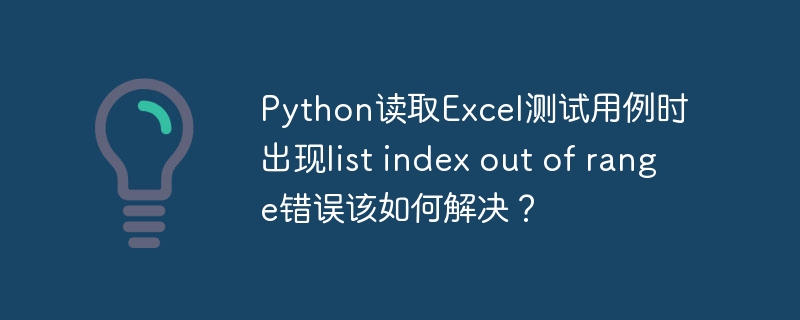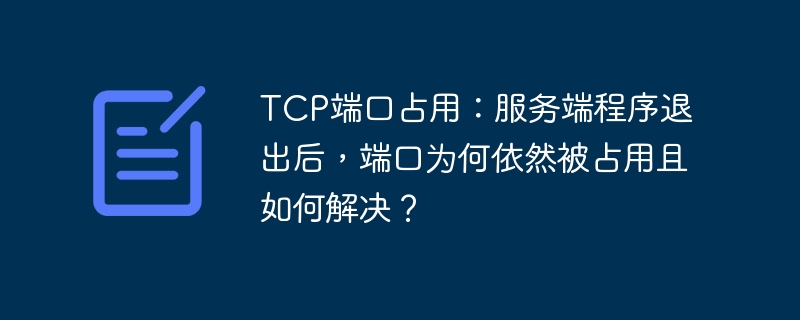We can get the Nth Word in a Given String in Python using string splitting, regular expressions, split() method, etc. Manipulating strings is a common task in programming, and extracting specific words from a string can be particularly useful in various scenarios. In this article, we will explore different methods to extract the Nth word from a given string using Python.
这种方法涉及将字符串分割为单词列表,并根据索引访问所需的单词。
words = string.split()
Here, the split() method splits the string based on whitespace by default. The resulting words are stored in the words list.
Accept the input string and the value of N.
使用split()方法将字符串拆分为单词列表。
Access the Nth word from the list using indexing.
Access the Nth word from the list using indexing.
让我们考虑以下字符串:"The quick brown fox jumps over the lazy dog." 在下面的示例中,输入字符串使用split()方法分割成一个单词列表。由于N的值为3,函数返回第三个单词,"brown"。
def get_nth_word_split(string, n):
words = string.split()
if 1 <= n <= len(words):
return words[n-1]
else:
return "Invalid value of N."
# Test the function
input_string = "The quick brown fox jumps over the lazy dog."
n = 3
print(get_nth_word_split(input_string, n))
brown
Another method to extract the Nth word involves using regular expressions. This approach provides flexibility in handling different word patterns and delimiters.
import re words = re.findall(pattern, string)
在这里,使用 re 模块中的 re.findall() 函数根据指定的模式从输入字符串中提取所有单词。模式是使用正则表达式定义的。提取到的单词存储在 words 列表中。
导入 re 模块。
Accept the input string and the value of N.
定义一个正则表达式模式来匹配单词。
Use the findall() function from the re module to extract all words from the string.
Access the Nth word from the list obtained in step 4 using indexing.
返回第N个单词。
在下面的示例中,正则表达式模式'w+'用于匹配输入字符串中的所有单词。findall()函数提取所有单词并将它们存储在一个列表中。由于N的值为4,该函数返回第四个单词"jumps"。
import re
def get_nth_word_regex(string, n):
pattern = r'w+'
words = re.findall(pattern, string)
if 1 <= n <= len(words):
return words[n-1]
else:
return "Invalid value of N."
# Test the function
input_string = "The quick brown fox jumps over the lazy dog."
n = 4
print(get_nth_word_regex(input_string, n))
fox
In some cases, the string may have a specific delimiter other than whitespace. In such scenarios, we can modify the first method by specifying a custom delimiter for splitting the string.
words = string.split(delimiter)
在这里,split()方法被用来根据自定义的分隔符将输入字符串拆分为一个单词列表。分隔符作为参数传递给split()方法。拆分后的单词存储在words列表中。
Accept the input string, the delimiter, and the value of N.
使用split()方法和自定义分隔符将字符串分割成单词列表。
Access the Nth word from the list using indexing
返回第N个单词。
在下面的示例中,字符串使用自定义分隔符(逗号“,”)被分割为单词。第二个单词“banana”被提取并返回,因为它对应于N的值为2。
def get_nth_word_custom_delimiter(string, delimiter, n):
words = string.split(delimiter)
if 1 <= n <= len(words):
return words[n-1]
else:
return "Invalid value of N."
# Test the function
input_string = "apple,banana,orange,mango"
delimiter = ","
n = 2
print(get_nth_word_custom_delimiter(input_string, delimiter, n))
banana
在本文中,我们讨论了如何借助拆分字符串、使用正则表达式以及使用带有自定义分隔符的拆分方法来获取给定字符串中的第n个单词。每种方法都根据任务的要求提供了灵活性。通过理解和实施这些技术,您可以在Python程序中高效地提取字符串中的特定单词。

遇到Python读取Excel测试用例时出现“list index out of range”错误,可以按照以下步骤解决:检查Excel文件内容:确保Excel文件中的数据完整且格式正确。错误常见于尝试访问不存在的列表索引,因此确认每一行都有足够的数据。查看代码逻辑:检查读取Excel文件的代码,特别是涉及到列表索引的部分。确保你访问的索引在列表的有效范围内。例如,如果列表长度为5,索引只能从0到4。调试代码:在可能出错的地方添加打印语句或使用调试器,查看变量的值和列表的长度,确保你在正确的位置访问正确的

微信扫码后小窗口变空白?解决方法在这里!

TCP端口占用:服务端程序退出后,端口为何依然被占用且如何解决?

初学者 Python 项目:使用 OpenCV 和 Mediapipe 构建增强现实绘图应用程序

如何使用Python将以身份证号命名的文件改为以姓名命名?

Scrapy 管道数据库连接出错:如何解决 opens_spider 函数拼写错误?





